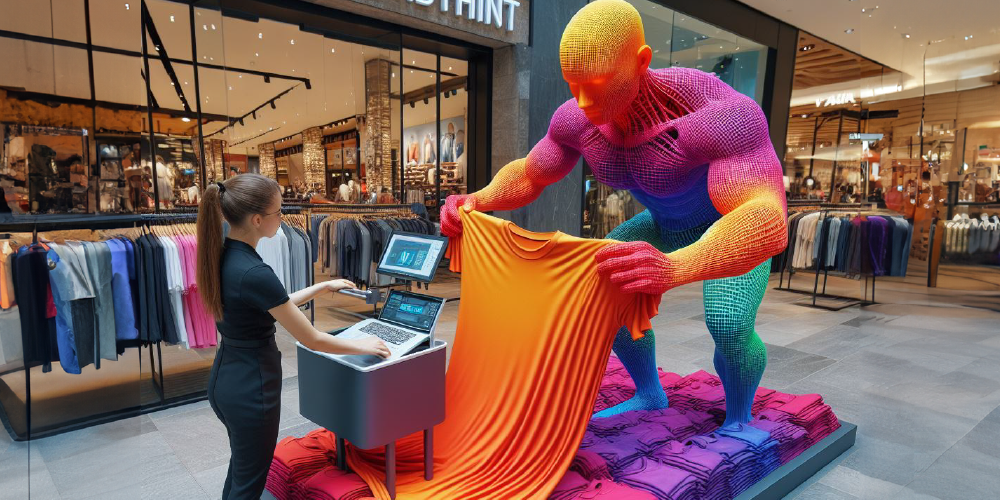A marketplace is like a stock exchange, which facilitates transactions between buyers and sellers. It matches the needs of a buyer (what a buyer is looking to buy) with what a seller has to offer. To meet the needs of a growing buyer base, marketplaces need to scale their seller base as well.
Since supply is absolutely paramount for a marketplace to get going, they may sometimes get caught up in removing all friction for the sellers. Less friction means faster for a supplier to start supplying to your customers.
In actuality, most marketplace sellers are SMBs. Managing a large seller base of SMBs requires balancing opposing approaches of making it easier to do business while ensuring compliance, trust, and safety. This is where seller friction comes in.
Good Seller Friction vs Bad Seller Friction
The ‘Good’ Seller Friction focuses on eliminating fraudulent sellers & listings, improving seller performance and ensuring regulatory compliance.
Some key examples of ‘Good Seller Friction’ are:
- Seller KYC (Know-your-customer) – Verifying seller credentials to allow only genuine sellers on the marketplace. Typically, this is mandated by government regulations as well. The key to success is to use technology and process innovation to make this seamless and quick. Some common practices include digital documents, seller assistance teams, training videos, step-by-step workflows etc.
- Seller trust and safety – Monitoring seller listings, orders and buyer feedback for fake products, brand/copyright infringement and order fulfillment. These are resource intensive functions, but critical to protect the marketplace from legal action and sullying of reputation. Marketplaces invest in technologies to scan and flag suspicious listings and train skilled teams to monitor sellers. They create blacklists and greylists to separate suspicious sellers. By creating well-defined pathways from these lists, marketplaces can also separate fraudulent sellers from the ones making a genuine mistake.
- Seller performance thresholds – Seller performance thresholds can create good friction when accompanied by well-defined pathways to improving sales performance. These include seller tiers, additional incentives for higher tiers, seller relationship management and specific insights to sellers to improve performance.
The ‘Bad’ Seller Friction instead is a result of process inefficiencies, skill gaps and lack of scale.
Some of the most visible areas of ‘Bad’ seller friction are:
- Complicated onboarding processes – One of the biggest challenges marketplaces face is streamlining their seller onboarding processes. The common issues that arise are dropouts, long onboarding times and seller frustration with the marketplace. Marketplaces that invest in onboarding technologies, agile processes and well-trained onboarding teams see onboarding times reduce significantly.
- Product & Inventory onboarding – Perhaps the process with the most amount of friction, sellers face significant issues with compliance to product content guidelines and content quality. This can lead to sub-par listings or products in perpetual pending-for-approval state. Some strategies that have worked for marketplaces are creating prefilled product catalogs, ML applications for content curation and content quality audit tools.
- Payments reconciliation – Reconciliation of payments and payouts are probably the most contentious issues between sellers and marketplaces. As marketplaces add more sellers, the reconciliation process becomes more complex. This leads to delay in payments and payment shortfalls. To reduce friction in these processes, marketplaces design detailed reconciliation processes, invest in reconciliation tools and create seller payment integrations for faster disbursements.
There are many friction areas that emerge as marketplaces scale up and add sellers at a faster rate. By investing in the right technologies and processes, marketplaces can create the right balance of friction in their organization to drive seller success.
Iksula, with close to 15 years of experience in helping global marketplace scale their seller operations, brings deep expertise in driving seller success. Reach out to us to know more on how we can help you create best-in-class seller management practices.





